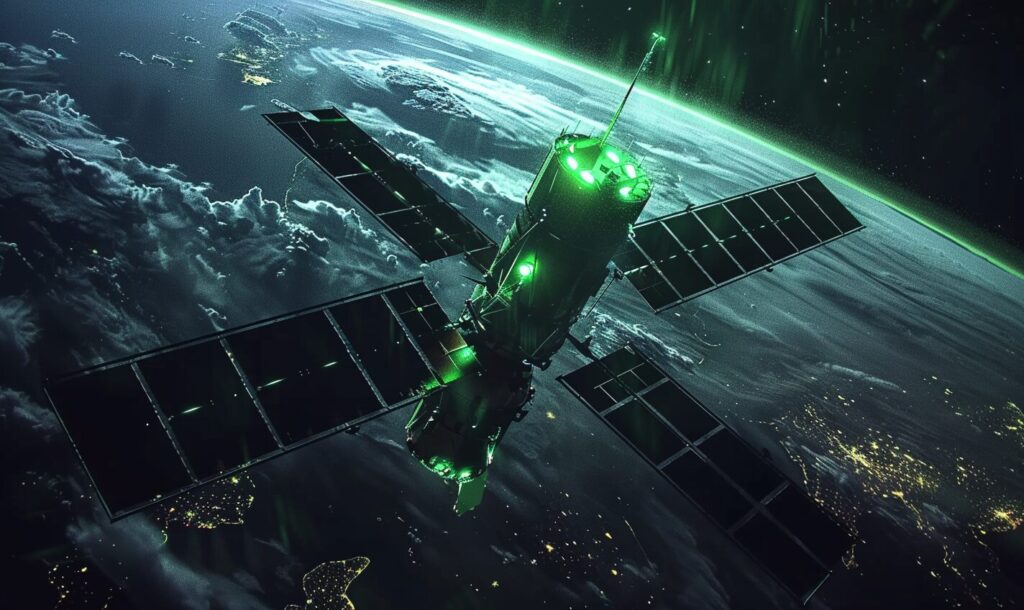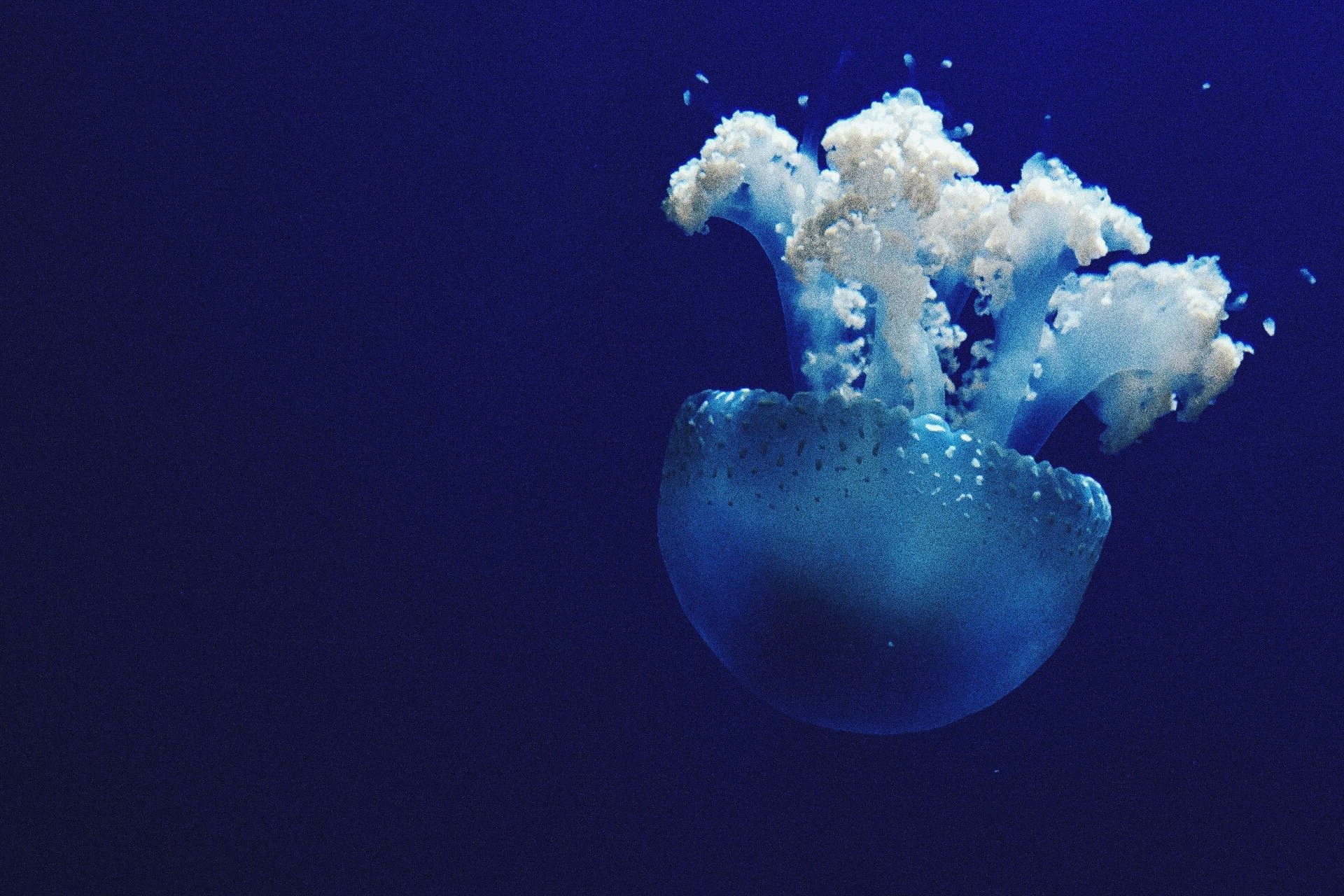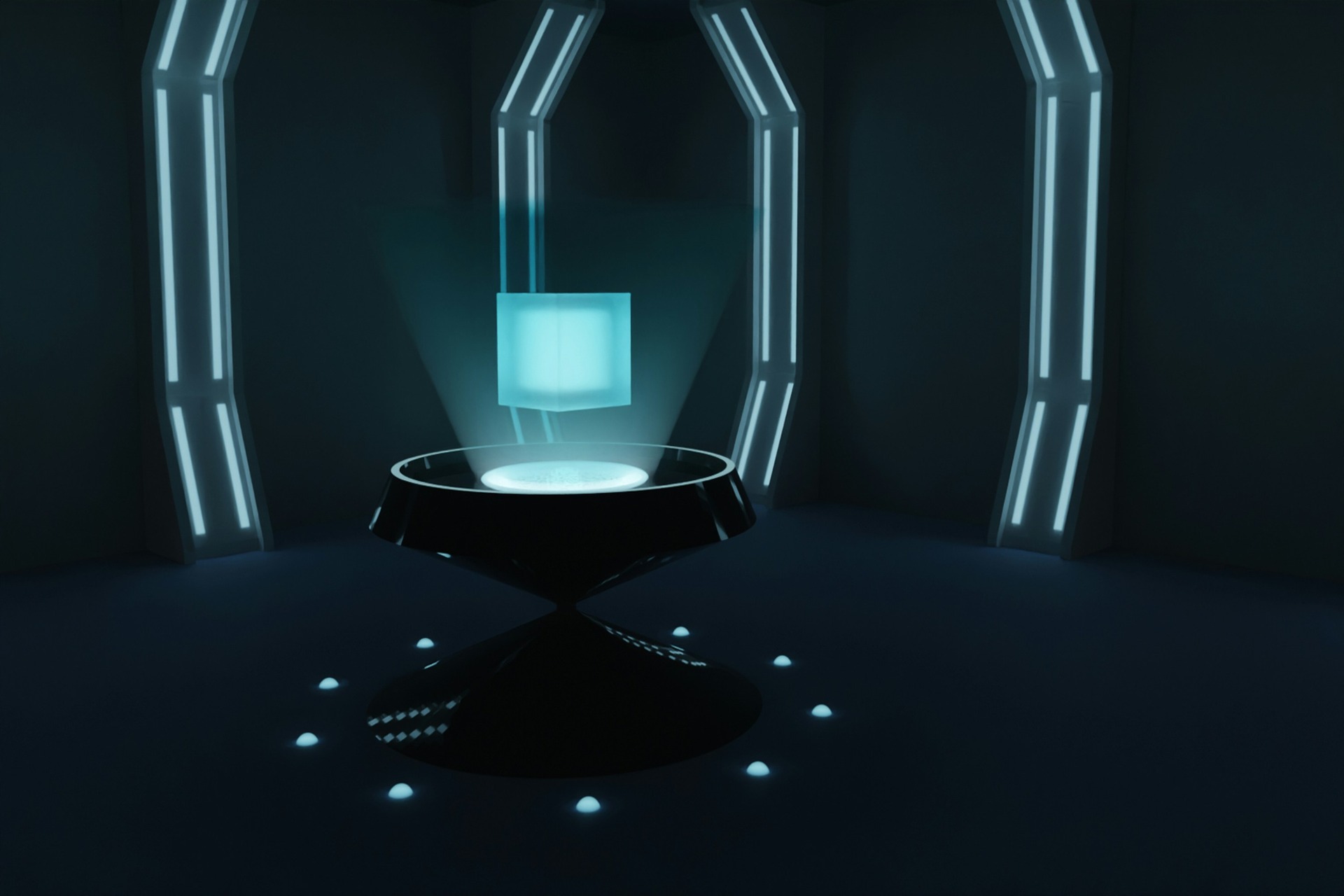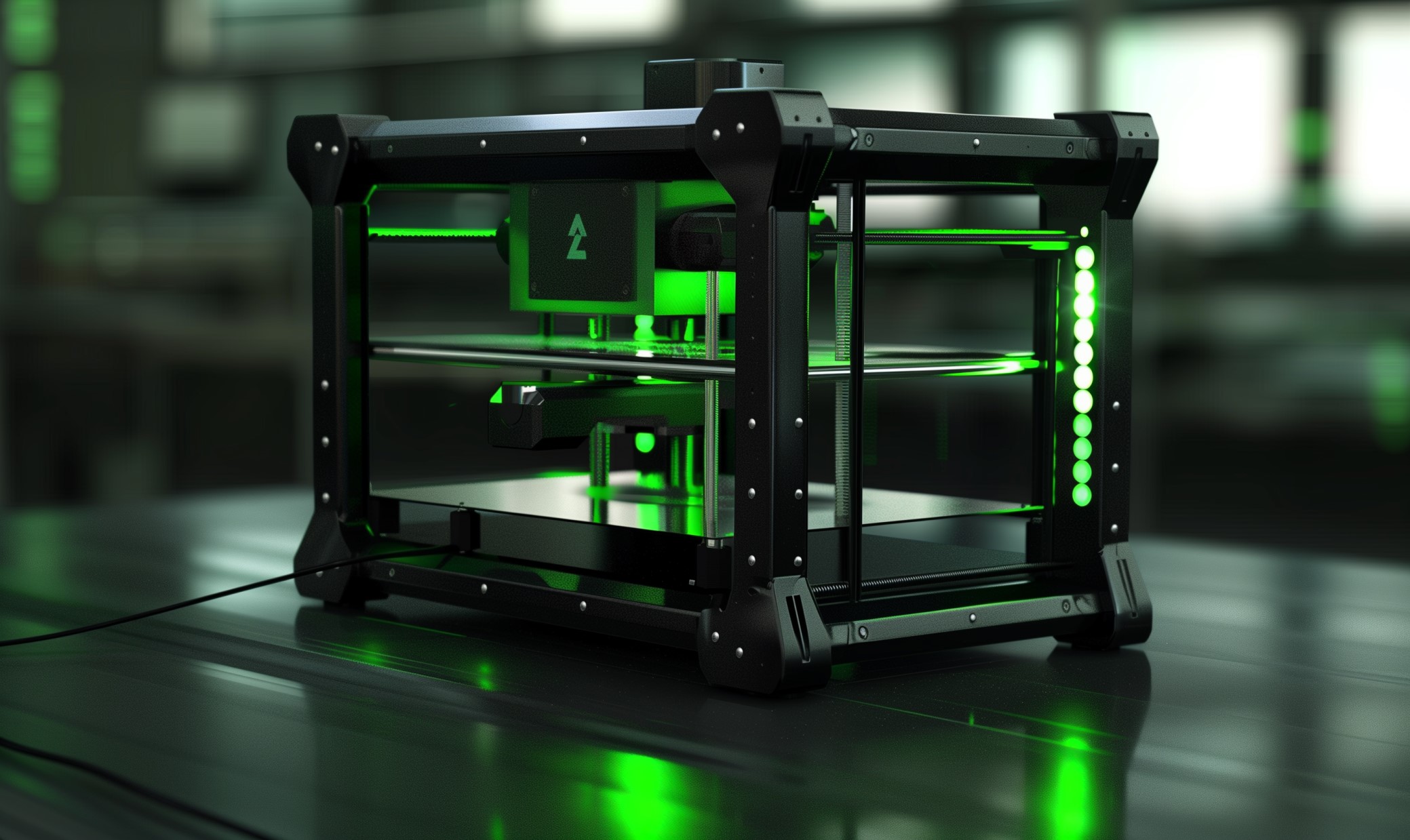The NASA space shuttle program changed the way we look at interstellar travel. Launching to the stars in 1981, this was humanity’s first attempt to create a reusable spacecraft.
Let’s take a closer look at the history of NASA’s shuttle program, where it took us and what it looks like today.
The 1970s
The story of the shuttle program started in 1972 when then-President Richard Nixon challenged NASA to create a reusable space transportation system by the ’80s and ’90s.
The goal was to continue sending humans to the stars after the Apollo program ended in 1975. It took seven more years to create the first shuttle.
In 1976, the first test shuttle rolled off the assembly line. Named the Enterprise, it provided engineers with the tools to complete approach and landing tests. The Enterprise didn’t have a functional heat shield, so it couldn’t be used for space flight.
On March 24, 1979, the first flight-ready space shuttle was delivered to Kennedy Space Center — The Columbia.
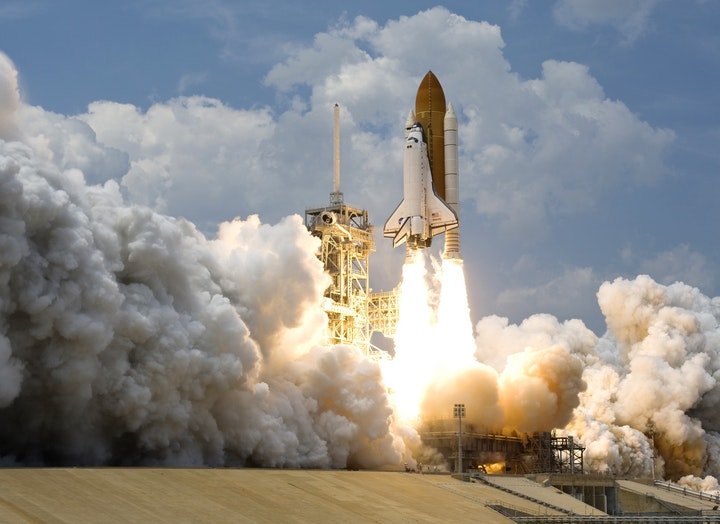
The 1980s
This decade saw the first launch of the NASA space shuttle program. On April 12, 1981, the Columbia launched into orbit from Kennedy Space Center. Dubbed STS-1, this pilot mission featured two astronauts — John Young, who had previously walked on the moon, and Bob Crippen, a Navy test pilot.
The shuttle used two rocket boosters to lift it and its massive external fuel tank into orbit. The tank and boosters would drop off during takeoff, leaving the shuttle to perform its maneuvers.
The shuttle could then glide in and land on a runway just like an airplane. Previous manned spacecraft relied on capsules that would end up in the ocean and couldn’t be reused.
In 1984, astronauts carried out the first untethered space flight during Challenger’s fourth flight. This mission was also the first one where the shuttle landed at its launch site at Kennedy Space Center.
During the 1980s, the space program also got three more shuttles — Challenger, Discovery and Atlantis.
The ’80s also saw one of the greatest tragedies in the history of human spaceflight. The Challenger exploded on Jan. 28, 1986, a few minutes after its launch. All seven members of the crew were killed, and flights were suspended for two years.
In 1988, we returned to space. The solid rocket booster on the Discovery, which launched on Sept. 29, 1988, was redesigned to prevent the problem that caused the Challenger disaster.
The 1990s
In 1990, the Discovery deployed the Hubble Space Telescope, which is still used for deep space observation today. In 1993, STS-61 launched for the first Hubble service mission and had five back-to-back spacewalks to improve the photo quality of the telescope.
In 1995, Discovery launched and docked with the Russian MIR space station. The same year, a nest of woodpeckers delayed the 70th shuttle launch by drilling more than 200 holes into the Discovery’s fuel tank insulation over Memorial Day weekend.
In 1998, the shuttle program finally started work on its original mission — building the space station that would later be known as the ISS.
In 1999, Discovery and her crew spent six days on the fledgling station. Later that year, they also launched another Hubble Telescope servicing mission, spending eight days in space with more than 24 hours of spacewalks.
The 2000s
2003 brought another tragedy to the space program. When gliding through the atmosphere for a landing, the Columbia broke apart during re-entry due to heat shield damage. All seven crew members died during the explosion. We didn’t go back to space again for two years.
The next launch wasn’t until 2005. While the mission was successful, several pieces of debris fell off the Discovery during liftoff, prompting months of investigation to ensure the Columbia disaster would never happen again. In 2006, it went to the International Space Station. This second successful mission restored the confidence in the shuttle program.
The remainder of the decade focused primarily on transportation missions, moving astronauts to and from the International Space Station.
The 2010s
The 2010s marked the end of the space shuttle program. In 2011, the Discovery, Endeavor and Atlantis flew their final missions.
The last shuttle launch of the program happened on July 8, 2011. When it landed on July 21, the shuttle program was officially over.
Space enthusiasts can still see the shuttles in their permanent homes. Atlantis is at the Kennedy Space Center, along with wreckage from the Challenger and Columbia as part of the Forever Remembered Exhibit, which opened in 2015.
The Endeavor is at the California Science Center in Los Angeles. Discovery is at the Smithsonian Air and Space Museum in Virginia, and the Enterprise is at the Intrepid Sea, Air, and Space Museum in New York.
Into the Future
While the shuttle program ended eight years ago, people haven’t stopped reaching for the stars.
Companies like SpaceX have continued the tradition of reusable rockets, including boosters that have made multiple flights. It was sad to see the shuttle program end, but the human race is well on its way to becoming an interstellar species.
The space shuttle program pushed it in the right direction.
Recent Stories
Follow Us On
Get the latest tech stories and news in seconds!
Sign up for our newsletter below to receive updates about technology trends











